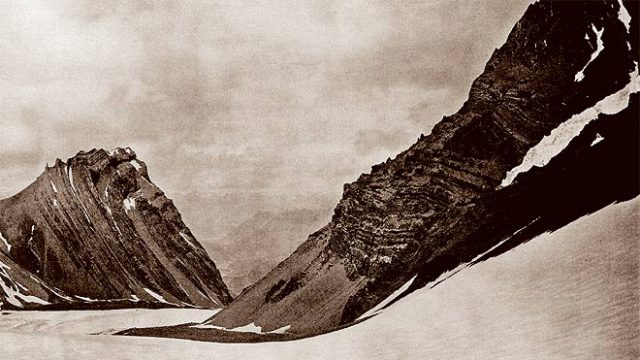Samuel Bourne is arguably the preeminent colonial photographer of India. Although, by 1854, the country already had its first photographic society in Bombay, yet it was Bourne’s work during the seven years that he spent in India between 1862 and 1869 that would revolutionise the art form in the country.
Bourne was a typical Englishman of his time, full of sneering racism and open contempt for the ‘swarming masses’ but open to the challenges offered by the country’s vast geographical diversity. Between his trips in the Gangetic plains to Delhi, Lucknow and Varanasi, among other places, Bourne undertook three expeditions to the Himalaya, and took the photographs that made his name.
The stark and magnificent photograph from the Manirang Pass in Spiti set an altitude record for photography, as Bourne took the photo from a head-spinning 18,600 feet. Capturing the essence of the Himalaya like no one before, it was Bourne’s inspired framing of the scene that did the trick. He decided to include a bit of moraine to the bottom left and then placed seven men from his retinue in the middle of the glacier. This gave the frame depth and context, and became the go-to image for expedition photography ever since.




